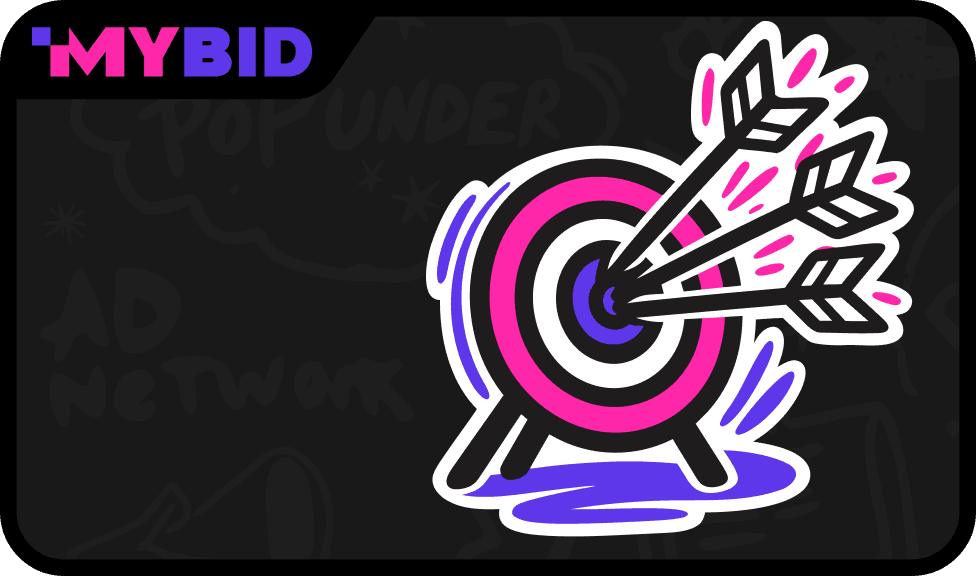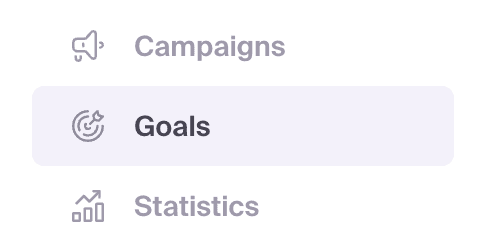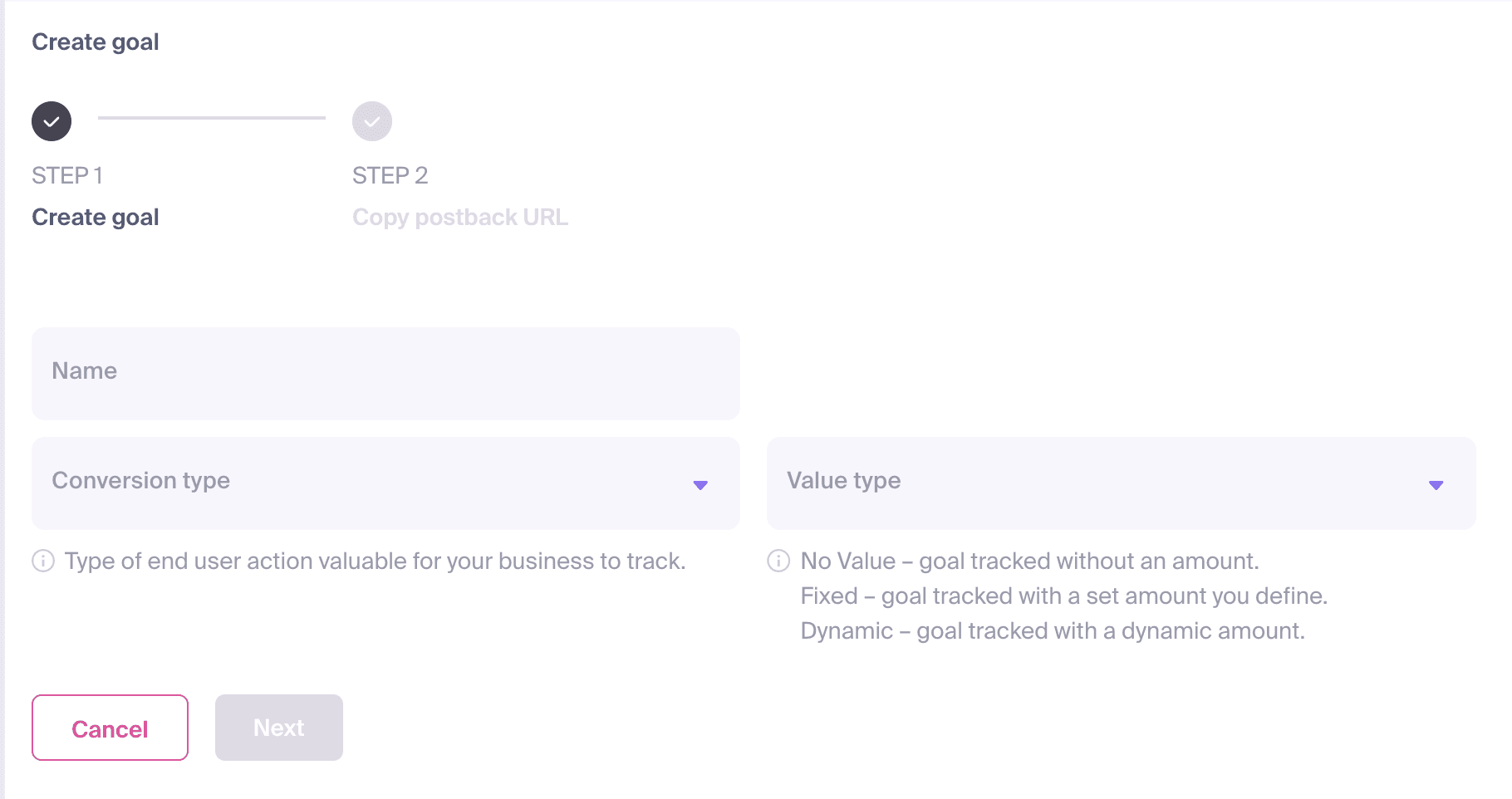
Understanding what is ad conversion is essential for any marketer who wants to measure campaign success. A conversion represents a specific action taken by a user—such as reaching a landing page, signing up, or completing a purchase. By setting up Conversion Goals, you can track these actions, evaluate your ad conversion rate, and apply conversion optimization strategies to improve results.
Conversion Goals are the backbone of performance marketing because they transform raw user actions into measurable business outcomes. Instead of simply tracking clicks or impressions, goals let you see how far customers progress through your funnel and whether each step contributes to revenue.
1. Measure ROI with precision — every logged conversion is tied to cost and revenue, giving you a clear picture of profitability.
2. Compare campaign effectiveness — see which ads, creatives, or traffic sources deliver the highest conversion rates.
3. Spot weak points in the funnel — identify where users drop off and optimize those stages to improve overall performance.
4. Allocate budget smarter — shift spend toward campaigns and sources that generate real value, not just traffic.
For example, analyzing how different landing pages influence conversion rates can reveal whether design, copy, or call‑to‑action placement is helping or hurting performance. A small change — like simplifying a form, clarifying the offer, or adjusting the headline — can directly increase conversions and, in turn, revenue.
In short, Conversion Goals give you the visibility and control needed to continuously refine campaigns, cut wasted spend, and maximize return on investment.
1. Go to the “Goals” tab.

2. Click “+ Create Conversion Goal.”
3. In the creation form, fill in the following:

3.1. Name — give the goal a clear, descriptive title that explains its purpose.
3.2. Conversion Type — select the type of action you want to track.
3.3. Value Type — set the payout for this conversion. This value is used to calculate Revenue and ROI for campaigns that include this goal. Options:
3.4. No Value — the goal is logged without any monetary value.
4. Fixed — a set amount (defined by you) is logged each time the goal is triggered.
5. Dynamic — the logged amount changes dynamically, based on the data you send.
6. After completing all fields, click Next.
A postback URL will be generated. This is the link you’ll use to send conversion data.

Click “Copy & Done” to save the goal and copy the postback URL.
Your conversion tracking is now ready.
Each Conversion Goal has a unique goal_id, which connects user actions to the correct goal.
Example postback format:
https://postback.mb-d.com/api/v1/postback?click_id={external_id}&goal_id=186&cost={cost}
Simply tracking conversions is not enough. To maximize ROI, you need to optimize conversion rates. This involves testing different landing page designs, refining ad copy, and applying website conversion optimization techniques. Marketers often ask, what is a good ad conversion rate? While benchmarks vary by industry, comparing your performance to the average ad conversion rate can help set realistic goals.
If you’re running paid campaigns, learning how to improve PPC ad conversion rate is especially important. Even small improvements in targeting, messaging, or landing page experience can significantly boost results.